OTER recognizes the necessity of unifying communication protocols within smart home platforms as an inevitable trend. However, there currently exists a significant gap between traditional smart home systems and the natural ecosystem of IoT, resulting in fragmentation and inconsistency among various platforms. Achieving uniform communication and control methods has been challenging. Nevertheless, with the emergence of Matter, OTER envisions a significant leap forward in the IoT ecosystem.
Drawbacks of the current smart home:
- Ecological fragmentation:
Manufacturers primarily focus on controlling the smart home environment rather than creating a holistic user experience. This approach, driven by commercial interests, leads to the establishment of closed ecosystems with multiple entry points, causing inconvenience for users. According to the Global Association of Mobile Communication Systems (GSMA), there were 12.6 billion IoT devices last year, expected to reach 25 billion by 2025. Each device often requires a separate app, resulting in fragmented experiences and the need for users to navigate different ecosystems to create a complete smart home setup.
- Lack of device intelligence and independent decision-making:
Devices currently rely on human interaction and cloud-based decision-making. The so-called "intelligence" is merely a mechanism for users to control devices through cloud servers, introducing concerns and dependencies. This approach deviates from the fundamental concept of smart homes, where devices should possess inherent intelligence and purpose. Instead, it increases the learning curve and usage costs for users, turning devices into mere "execution machines" controlled by users and the cloud, resembling a collection of remote controls.
- Inadequate privacy protection:
Many device manufacturers transmit unencrypted control data, leading to privacy and security issues. The use of multiple small platforms further complicates privacy and security concerns within the IoT.
Why does OTER consider Matter as an IoT ecosystem advancement?
Matter holds the potential to address the fragmentation within the IoT industry, benefiting ecosystem service providers, device manufacturers, and end-users alike. The universal connectivity and standardized platform offered by Matter enable smart homes to return to user-centric experiences while avoiding homogenized competition. Additionally, Matter's adoption facilitates a broader range of home furnishing scenarios and encourages the whole-house intelligent industry to shift focus from scene coverage to scene experience depth, incorporating active services within the new development paradigm and promoting specialized innovation based on individual strengths.
What lies ahead for OTER in the interconnected IoT landscape?
In the future, competition within the IoT industry will transition from a focus on individual ecosystems to interconnection and collaboration. Ultimately, smart homes will concentrate on shaping higher-level user experiences. In this process, homogenized products will gradually be phased out, compelling enterprises to pursue vertical specialization and meticulous work in their respective areas of expertise. As connectivity becomes more prevalent, the competition among smart home vendors will shift from breadth of coverage to the depth of each scenario. Consequently, OTER will continue to prioritize the user's utilization of sunlight in their scene-centric approach, aiming to provide healthier sunlight and air in everyone's living spaces. OTER believes that by deepening and refining the scene experience, this vision can be realized.
Based on the aforementioned insights, the following conjecture arises:
The future core competitiveness of IoT devices lies in the smart home devices themselves, focusing on:
- Device functionality and performance.
- Autonomous and collaborative intelligence capabilities.
- Computing and analysis prowess.
The future core competitiveness of IoT companies revolves around:
- Ability to produce exceptional hardware.
- Proficiency in extensive data analysis.
What will an eco-smart home look like in the future?
In the realm of IoT devices, each device represents an entry point for specific scenes and can seamlessly interconnect and interact with other devices. Each device possesses decision-making capabilities.
- Connection method: Direct and shared connectivity.
Traditionally, smart home intelligence relied on transferring information from devices to the cloud for analysis and processing, creating a delay in connectivity. However, with the adoption of the Internet of Things operating system, devices can directly connect and share their capabilities. This enables faster device interconnection and facilitates lightweight edge computing tasks, reducing reliance on cloud platforms and enhancing device collaboration. As a result, smart home appliances can leverage their advantages to achieve interoperability without being limited by physical space, providing a comfortable home environment.
Moreover, the Internet of Things operating system improves the stability of device collaboration. Even if the router disconnects, devices can continue to autonomously transmit information locally. This eliminates the need for manual network configuration between appliances, further enhancing user convenience.
- Intelligence capability: Autonomous decision-making and proactive service provision.
The essence of a smart home lies in enabling devices and appliances to function as intelligent computers. Through AI-based self-learning capabilities embedded in the Internet of Things operating system, home appliances can learn user habits and proactively serve their needs. Similar to how news apps recommend content based on user preferences, smart homes should actively provide services based on device intelligence. With this approach, devices become capable of perception, decision-making, and execution, creating a seamless and personalized user experience.
- Mode of control: Genuine ecological cooperation through information exchange and decision-making.
Similar to the nature of the internet, the IoT should foster connectivity and information sharing without creating closed and monopolistic platforms. In a true ecological partnership, all participants can share information and contribute to decision-making processes, ensuring a cooperative and interconnected IoT ecosystem.
- Edge Intelligence: Respecting user personalization and privacy.
Recognizing that each user has unique preferences, an eco-smart home should adjust its functionality accordingly. The Family Center, for instance, can record individual preferences and tailor the experience to each user. By implementing off-grid intelligence and unified modes of operation, user information remains under their control, ensuring privacy and security.
A decade later, we envision a world where the environment adapts to individual preferences and actions, whether at home, the office, or a hotel. Sunlight and air quality will be optimized to promote a healthier lifestyle, free from environmental and health hazards.
Imagine taking a nap in the office, where the curtains automatically close to block out the sunlight, ensuring uninterrupted rest. Upon waking up, the curtains gradually open, simulating a natural wake-up experience. If the outside air quality deteriorates, windows automatically close, and air purifiers activate to maintain a fresh environment. Similarly, when indoor air quality declines, intelligent sensors detect the change and open windows to facilitate air circulation. At night, if the air conditioning has been running for an extended period, resulting in reduced air quality, the windows adjust to an optimal angle to regulate air exchange automatically.
We eagerly anticipate that day, and we believe you share in this vision of a seamless and personalized eco-smart home experience.






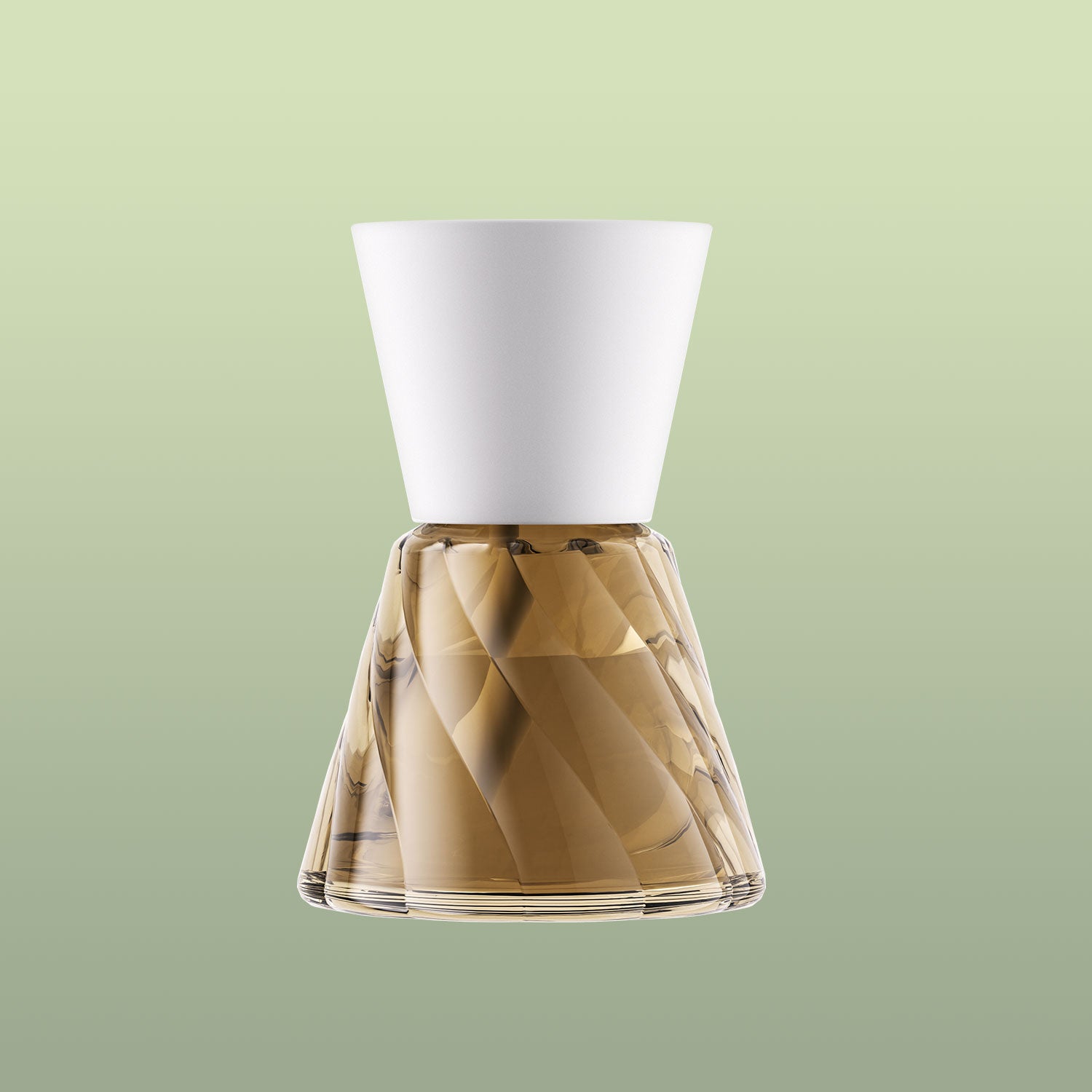


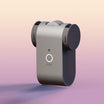
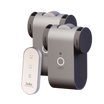
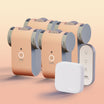
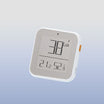
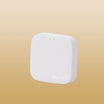
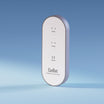
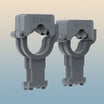

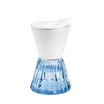



Leave a comment
All comments are moderated before being published.
This site is protected by hCaptcha and the hCaptcha Privacy Policy and Terms of Service apply.